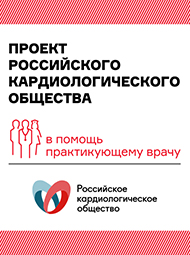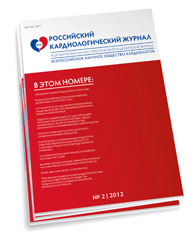Survival rates higher in obese patients with HF
Patients who were overweight or obese before diagnosis of HF had better survival rates after HF diagnosis compared with normal-weight patients with HF.
“Our findings suggest that a major component of the so-called obesity paradox is premorbid obesity, and it’s unlikely that spontaneous weight loss due to advanced [HF] is the only contributing factor to the obesity paradox,” Anita Deswal, MD, from the department of medicine at Baylor College of Medicine and the Michael E. DeBakey V.A. Medical Center, said in a press release.
The researchers analyzed 1,487 patients with incident HF from the Atherosclerosis Risk in Communities (ARIC) study. Patients were stratified by BMI at least 6 months before incident HF. Mortality after incident HF was compared in patients who were overweight (BMI, 25 kg/m2 to <30 kg/m2) and obese (BMI, ≥30 kg/m2) vs. normal weight (BMI, 18.5 kg/m2 to <25 kg/m2).
Thirty-five percent of the patients studied were overweight and 47% were obese according to BMI measurements 4.3 years before incident HF. Forty-three percent of patients died during 10-year follow-up after incident HF.
BMI related to survival
After adjustment for demographics and comorbidities, the researchers found that compared with patients who had normal weight before incident HF, those who were overweight (HR=0.72; 95% CI, 0.58-0.9) or obese (HR=0.7; 95% CI, 0.56-0.87) were more likely to survive during the follow-up period.
The protective effect of overweight and obesity was consistent regardless of history of cancer, smoking or diabetes, according to the researchers.
These findings “could suggest that obese patients have a higher metabolic reserve compared with normal-weight patients, providing them with a survival advantage when cardiac cachexia ensues after HF development. Another hypothesis is that obesity alters the natural history of HF through neurohumoral pathways,” Umair Khalid, MD, also from the department of medicine at Baylor College of Medicine, and colleagues concluded.
Bias possible
Although the results of studies confirming the obesity paradox are not likely explained by chance or confounding, they could be explained by bias, Thomas J. Wang, MD, from the division of cardiovascular medicine at Vanderbilt University Medical Center, Nashville, Tenn., wrote in a related editorial.
“Obese patients may be more likely to be diagnosed with HF, through a greater tendency toward peripheral edema, dyspnea, or easy fatigability,” he wrote. “The edema and dyspnea could be entirely noncardiac (leading to misclassification bias), or the symptoms could simply present earlier in the disease course (causing lead-time bias). In either case, median survival in obese patients would be longer than that observed in leaner patients who are diagnosed when the disease is further along.”
Wang noted that there is limited evidence to support the mechanistic hypotheses of the obesity paradox, so studies “collecting more detailed metabolic and physiological data in patients at various HF stages” are needed, he wrote.
For more information: Khalid U. J Am Coll Cardiol. 2014;64:2743-2749.
Wang TJ. J Am Coll Cardiol. 2014;64:2750-2752.
Disclosure: The study was supported by the NHLBI. See the full study for a list of the researchers’ relevant financial disclosures. Wang is a member of the Observational Safety and Monitoring Board of the ARIC study.
Source: www.healio.com/cardiology






